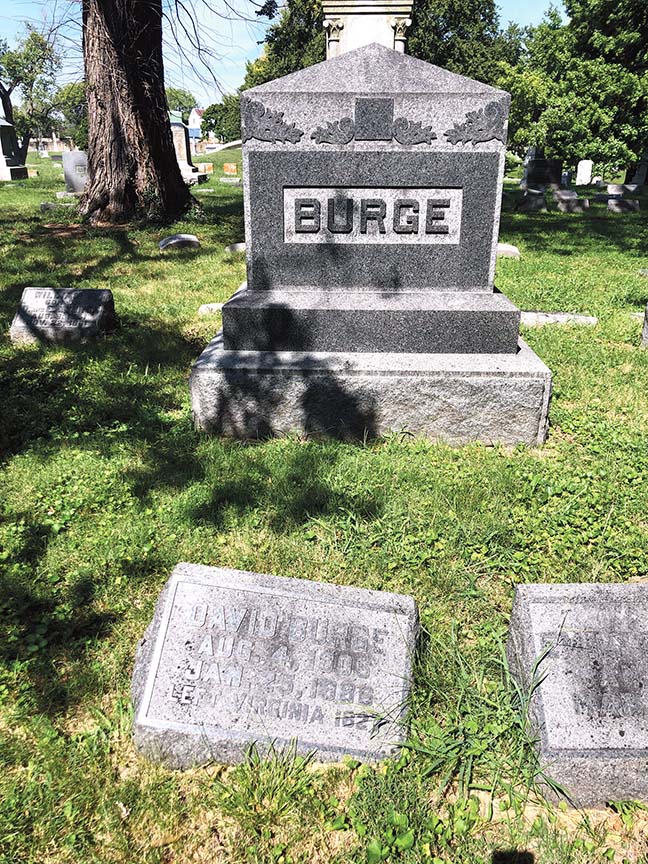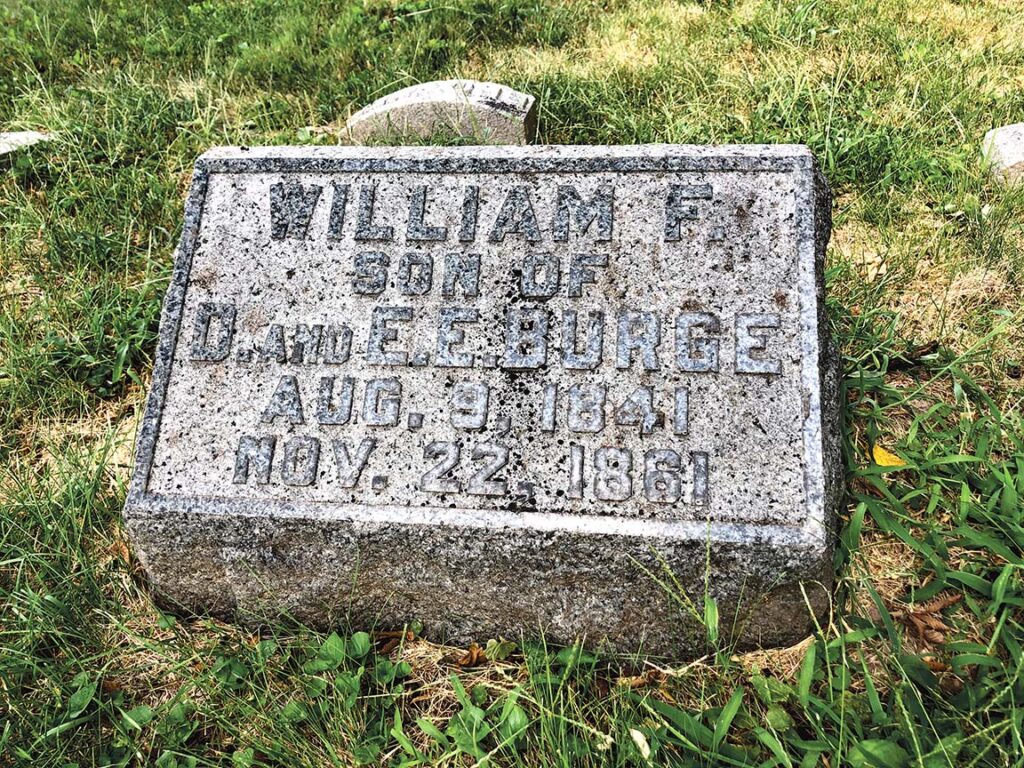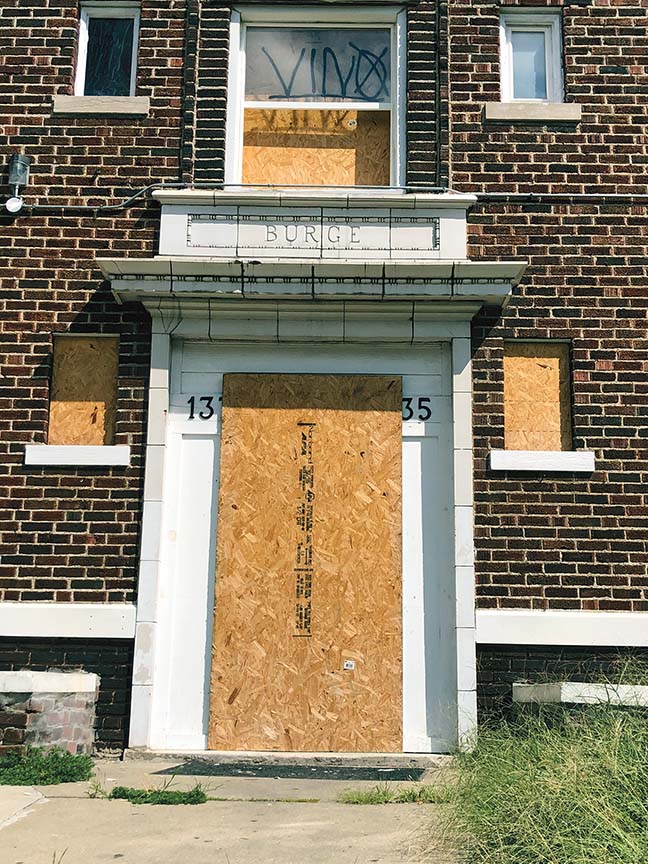
Dorri Partain
Contributor
The early settlers of Jackson County and Kansas City rest in peace inside the gates of Elmwood Cemetery.
When David Burge (1806-1886) purchased 160 acres, his estate was outside the Kansas City limits. The property, by the time Kansas City’s limits moved further eastward, bordered what is now Independence Avenue on the south, to Gladstone Boulevard to the north, Elmwood Avenue on the west, and Brighton Avenue on the east. His grave marker states that he left Virginia in 1827, so it’s most likely he purchased his property shortly after arriving in Missouri.
Burge and his wife Emily (1816-1890) had two sons. William F. was born in 1841 but his life ended tragically when he was kidnapped from the front porch of the family’s log cabin during a raid by Kansas Red Legs during the early months of the Civil War. The “Red Legged Scouts” claimed their actions served as scouts and spies for the Union forces but they were never officially sanctioned by the Union Army as they searched out who they believed to be slave owners and Southern sympathizers. It is not recorded whether Burge was either at that time, but young William was taken away on November 22, 1861 and then shot, with the Red Legs leaving his body in the East Bottoms.

William was originally buried in Union Cemetery. Following his father’s death, his body was exhumed and placed in the Burge family plot. Son Richard H., who went by Henry, became the owner of his father’s 160 acres; he also owned his own 40 acre plot adjacent to his father’s estate.
From 1892 to 1902, Henry Burge graciously allowed the members of St. John’s Episcopal Church to place their worship building on his property, along Independence Avenue. In 1900, he sold 80 acres to the Abington Land Co. so the church had to move their building to a new location but he donated $100 towards the construction of a permanent building. That building was completed in 1905 and still stands today at 517 S. Kensington.
While Henry had moved from Northeast by 1911, a few reminders of the many years his family were prominent landowners remain. Two subdivisions, Burge Park and North Burge Park, were developed on land once owned and farmed by the family. A three-story brick apartment at 135-137 N. Lawn bears the name “Burge” above the doorway. Built in 1923 by John G. Hiatt, the building is endangered due to recent fire damage.

Born in 1836, Henry passed in 1913. Never married, he was the final Burge buried in Elmwood Cemetery.
















